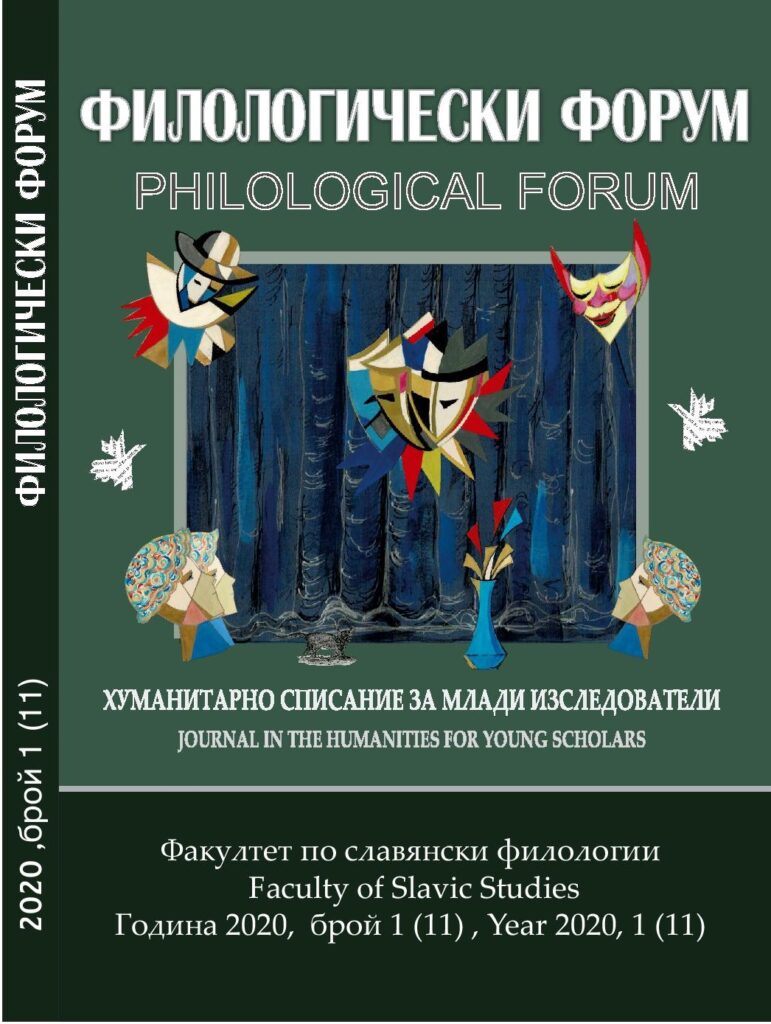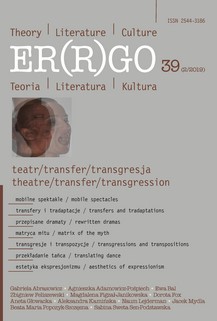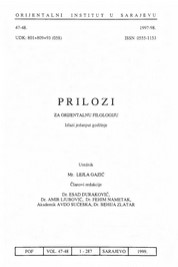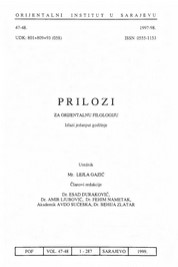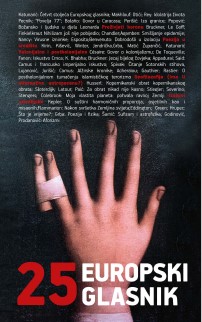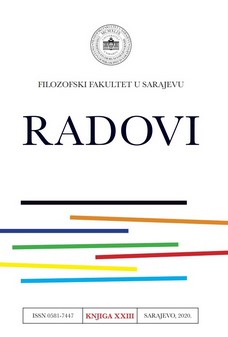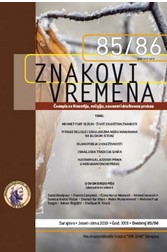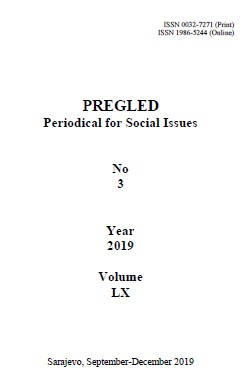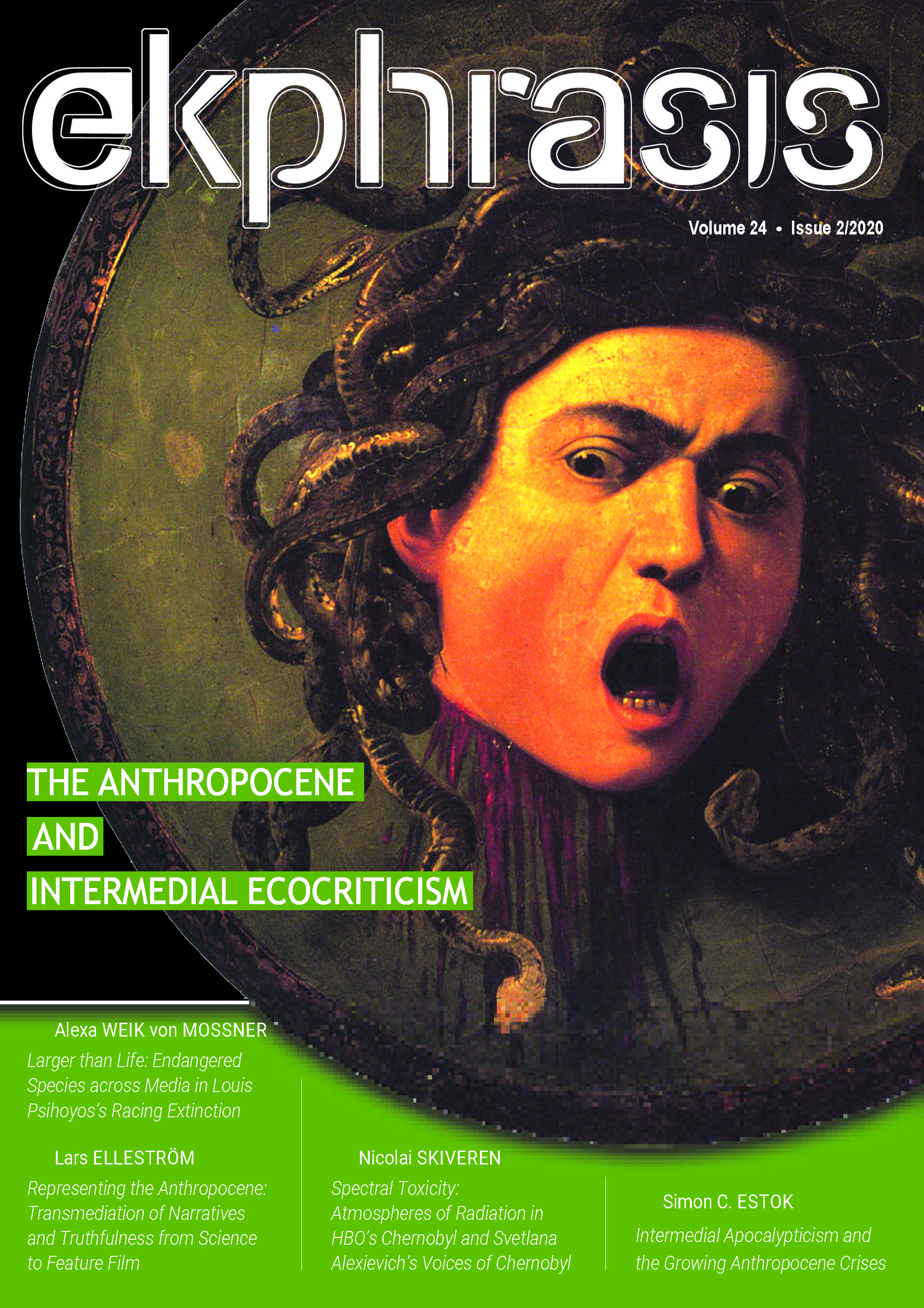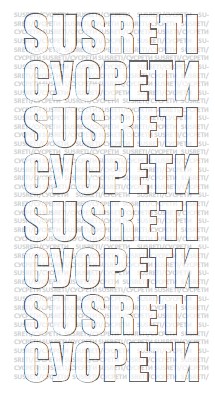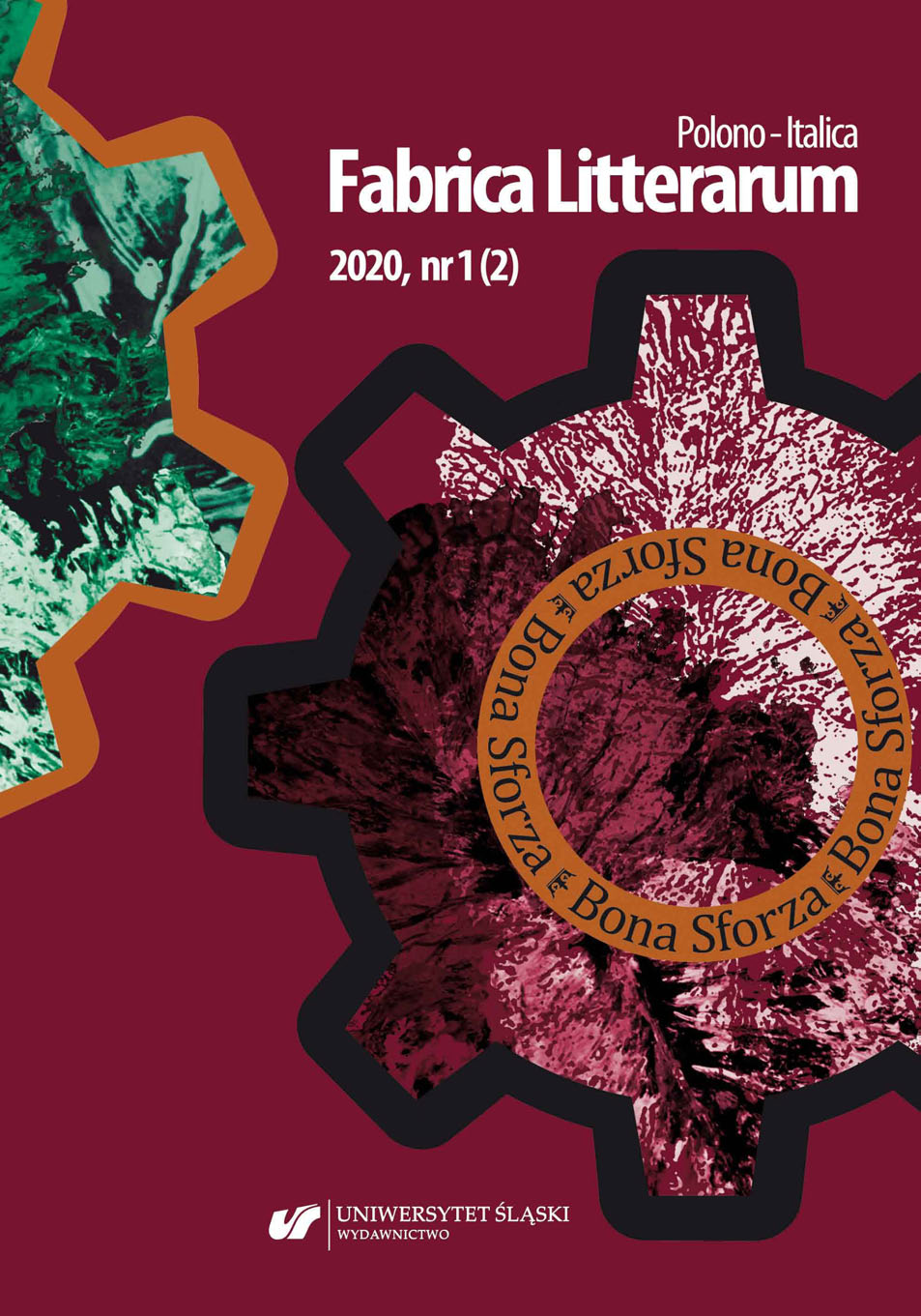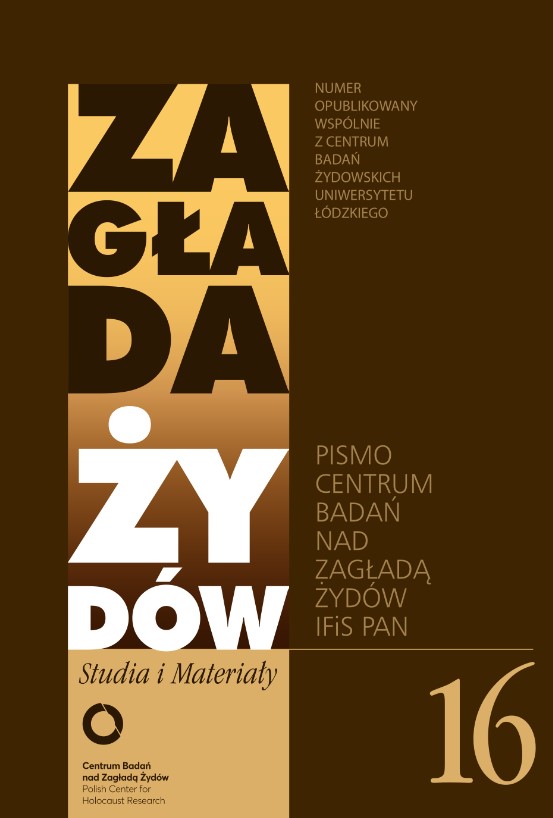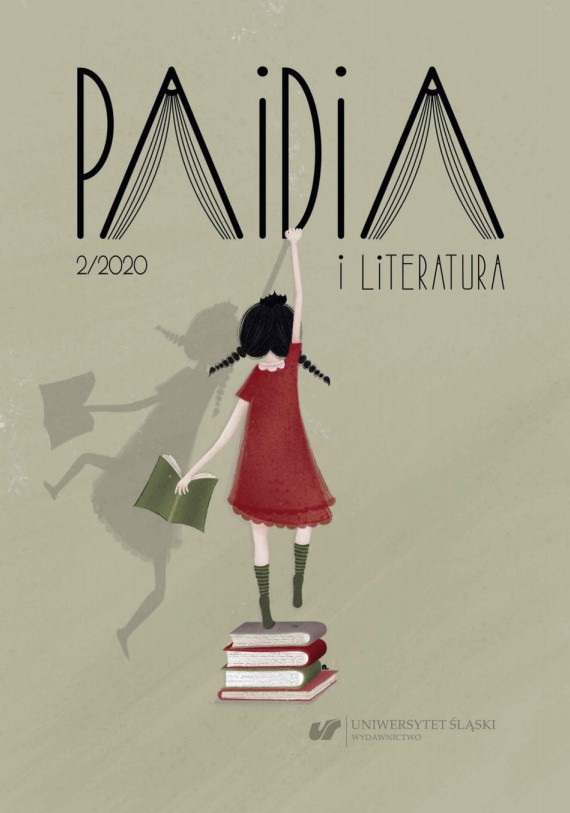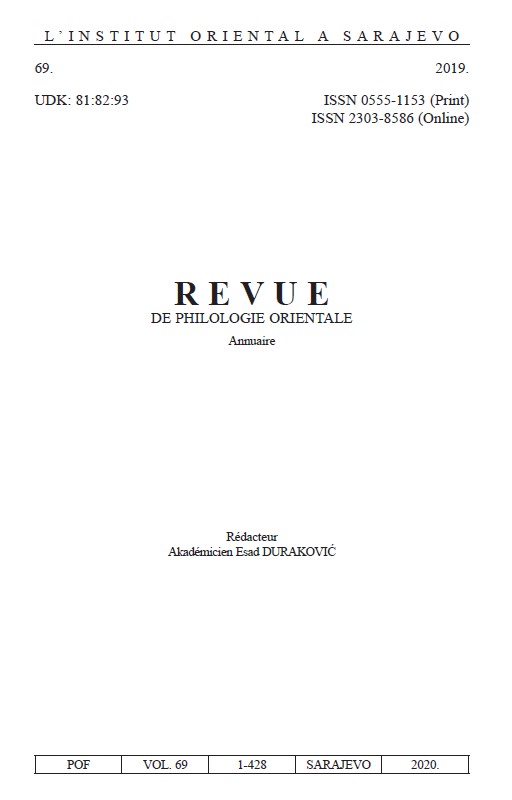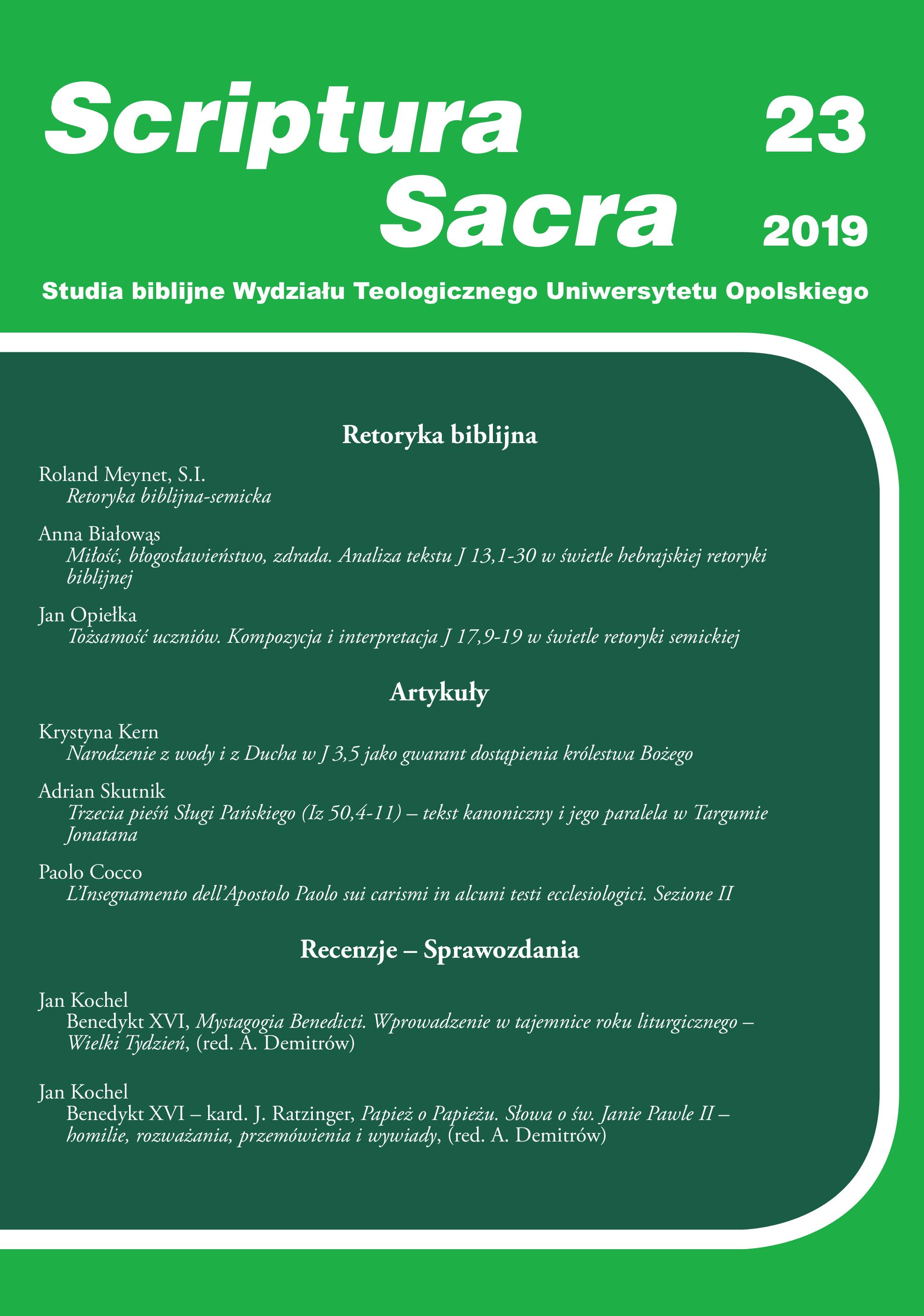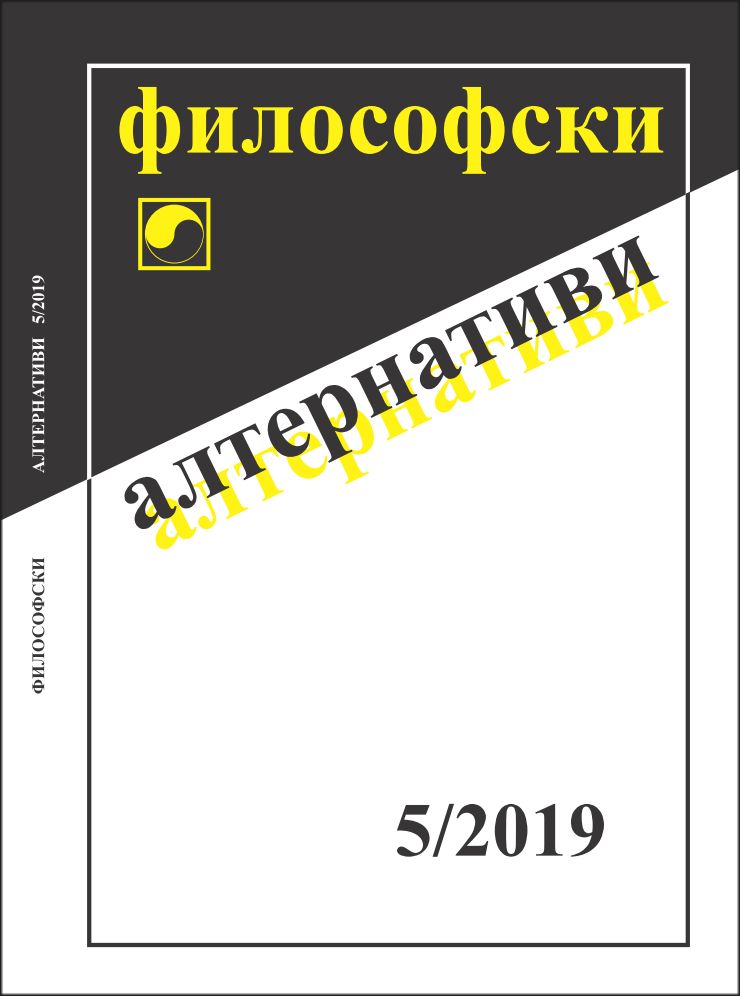
Рози Брайдоти: различие и номаден субект
Sharing François Laruelle's thesis on heterogeneity in the use of the concept of difference, which imparts a specific color to philosophy in the twentieth century, the author examines Rosie Braidotti’s specific interpretation of difference, which, being inspired by differentialism and the nomadic project, creates one of the most interesting contemporary philosophical conceptions. The various roles of difference are sought – first, in the context of Braidotti's understanding of the stages of the feminist project as a set of degrees of difference; second, by viewing difference as a defining element in her theory, the construction of the nomadic subject and his or her becomings in a posthuman and postanthropocentric context; third, in the political projections of the feminist brand of nomadism, based on the politics of location. The article argues the conclusion about the positive structure of the nomadic posthuman subject as opposed to the classical subject on the one hand and the deconstructed subject on the other.
More...
